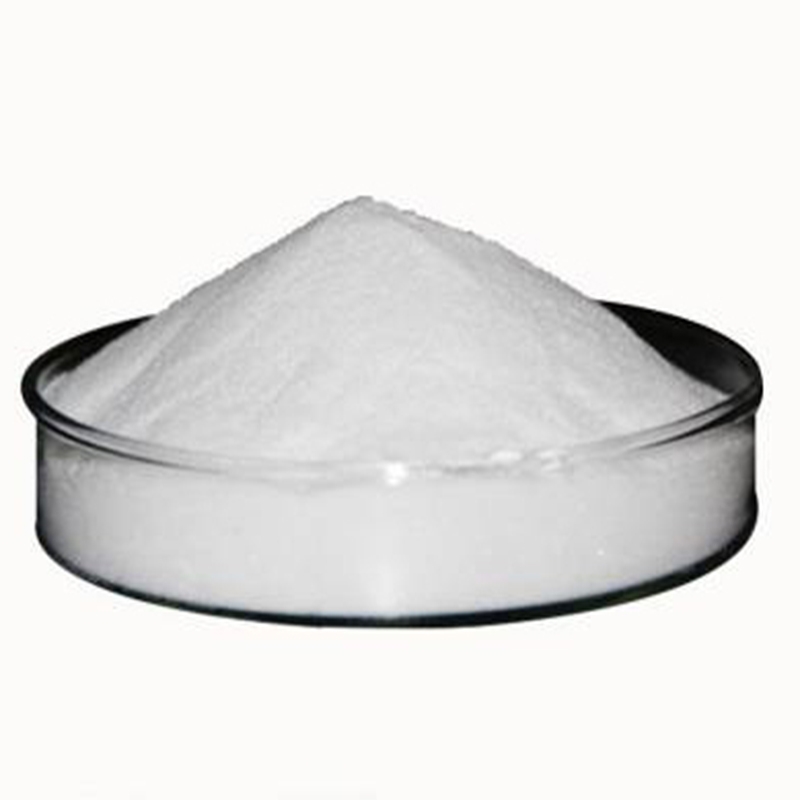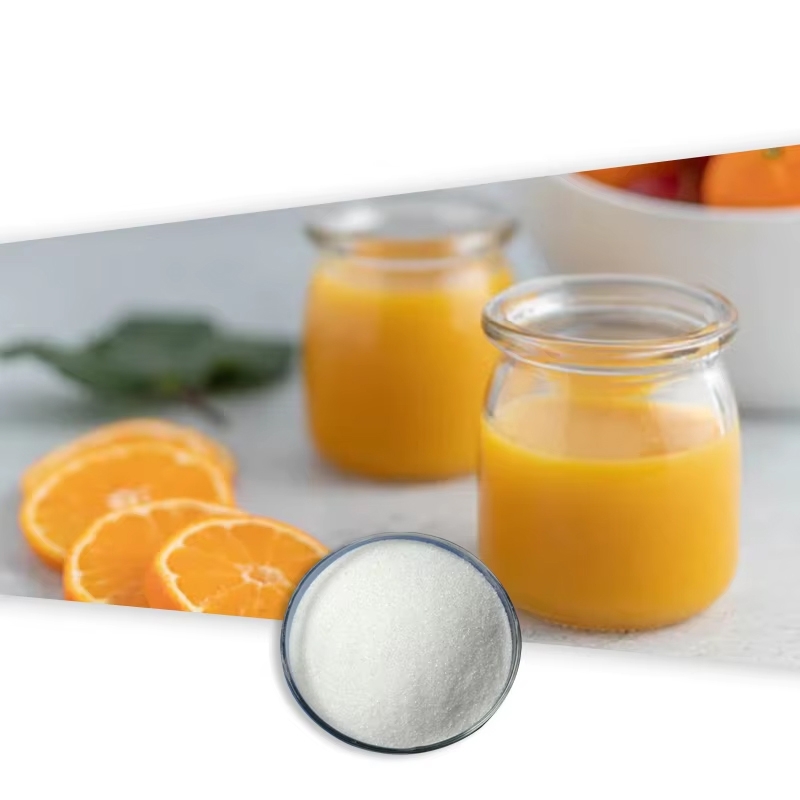-
Categories
-
Pharmaceutical Intermediates
-
Active Pharmaceutical Ingredients
-
Food Additives
- Industrial Coatings
- Agrochemicals
- Dyes and Pigments
- Surfactant
- Flavors and Fragrances
- Chemical Reagents
- Catalyst and Auxiliary
- Natural Products
- Inorganic Chemistry
-
Organic Chemistry
-
Biochemical Engineering
- Analytical Chemistry
-
Cosmetic Ingredient
- Water Treatment Chemical
-
Pharmaceutical Intermediates
Promotion
ECHEMI Mall
Wholesale
Weekly Price
Exhibition
News
-
Trade Service
Recently, the animal genetic engineering and germplasm innovation team of Beijing Institute of Animal Science and Veterinary Medicine, Chinese Academy of Agricultural Sciences used multi-omics, bioinformatics and molecular biology methods to discover genes, regulators and their signal regulation pathways involved in the regulation of pig fat deposition, and systematically revealed the molecular mechanism
of regulating pig fat deposition.
The relevant research results were published online in Cells (IF 7.
666), Scientific Reports (IF 4.
996) and Frontiersin Veterinary Science (IF 3.
471), and have obtained 11 national invention patents and 2 US invention patents
.
of regulating pig fat deposition.
The relevant research results were published online in Cells (IF 7.
666), Scientific Reports (IF 4.
996) and Frontiersin Veterinary Science (IF 3.
471), and have obtained 11 national invention patents and 2 US invention patents
.
With the rapid development of China's economy and society, people's living standards continue to improve, and people's quality requirements for pork such as meat color, tenderness, and flavor are getting higher and higher
.
Intramuscular fat is an important factor affecting meat quality, and over the years, pork quality has declined during the selection process aimed at high lean meat rate and rapid growth, mainly due to the reduction of fat, especially intramuscular fat deposition
.
Therefore, the molecular mechanism of fat deposition can help improve the quality of pork and prevent and treat obesity-related diseases
.
In addition, intramuscular fat and subcutaneous fat are important indicators to measure the quality and lean rate of pork, respectively, and optimizing the deposition and content of pork fat and improving pork quality have gradually become new breeding goals
.
However, fat deposition is sequential, subcutaneous fat takes precedence over intramuscular fat deposition, and pig breeds with high intramuscular fat are often accompanied by the problem
of low lean meat rate.
Therefore, comparing the differences between intramuscular fat and subcutaneous adipose tissue, the intramuscular fat and subcutaneous fat can be regulated separately, which helps to optimize fat deposition and cultivate high-quality lean pigs
.
.
Intramuscular fat is an important factor affecting meat quality, and over the years, pork quality has declined during the selection process aimed at high lean meat rate and rapid growth, mainly due to the reduction of fat, especially intramuscular fat deposition
.
Therefore, the molecular mechanism of fat deposition can help improve the quality of pork and prevent and treat obesity-related diseases
.
In addition, intramuscular fat and subcutaneous fat are important indicators to measure the quality and lean rate of pork, respectively, and optimizing the deposition and content of pork fat and improving pork quality have gradually become new breeding goals
.
However, fat deposition is sequential, subcutaneous fat takes precedence over intramuscular fat deposition, and pig breeds with high intramuscular fat are often accompanied by the problem
of low lean meat rate.
Therefore, comparing the differences between intramuscular fat and subcutaneous adipose tissue, the intramuscular fat and subcutaneous fat can be regulated separately, which helps to optimize fat deposition and cultivate high-quality lean pigs
.
By comparing the gene expression of porcine adipose tissue with different fat deposition capabilities, the researchers constructed their gene co-expression regulatory network and high-throughput protein modeling, and discovered the key functional genes, miRNAs, circRNA, lncRNAs, and their target genes and signaling regulatory pathways that regulate the differential expression deposition of intramuscular fat and its subcutaneous adipose tissue
in pigs 。 circRNA and lncRNA have miRNA binding sites, which can act as competitive endogenous RNAs as sponge-mediated miRNA-mRNA regulation, and promote the regulation
of fat deposition and lipids through TGFβ signaling, Hippo signaling, AMP signaling, and adipocytokine signaling.
This study reveals the molecular regulation mechanism of porcine fat differences, provides new ideas and methods for expanding the research on pork quality and prevention of metabolic diseases, and provides a scientific basis
for the innovative utilization of excellent pork germplasm resources and molecular breeding.
in pigs 。 circRNA and lncRNA have miRNA binding sites, which can act as competitive endogenous RNAs as sponge-mediated miRNA-mRNA regulation, and promote the regulation
of fat deposition and lipids through TGFβ signaling, Hippo signaling, AMP signaling, and adipocytokine signaling.
This study reveals the molecular regulation mechanism of porcine fat differences, provides new ideas and methods for expanding the research on pork quality and prevention of metabolic diseases, and provides a scientific basis
for the innovative utilization of excellent pork germplasm resources and molecular breeding.
This research was supported
by the Science and Technology Innovation Project of the Chinese Academy of Agricultural Sciences and the Basic Business Fee of the Chinese Academy of Agricultural Sciences.
PhD student Salsabeel Yousef and graduate student Feng Hui are the first authors, respectively, and researcher Miao Xiangyang is the corresponding author
.
by the Science and Technology Innovation Project of the Chinese Academy of Agricultural Sciences and the Basic Business Fee of the Chinese Academy of Agricultural Sciences.
PhD student Salsabeel Yousef and graduate student Feng Hui are the first authors, respectively, and researcher Miao Xiangyang is the corresponding author
.
Original link
https://doi.
org/10.
1038/s41598-022-21045-2
org/10.
1038/s41598-022-21045-2
This article is an English version of an article which is originally in the Chinese language on echemi.com and is provided for information purposes only.
This website makes no representation or warranty of any kind, either expressed or implied, as to the accuracy, completeness ownership or reliability of
the article or any translations thereof. If you have any concerns or complaints relating to the article, please send an email, providing a detailed
description of the concern or complaint, to service@echemi.com. A staff member will contact you within 5 working days. Once verified, infringing content
will be removed immediately.







